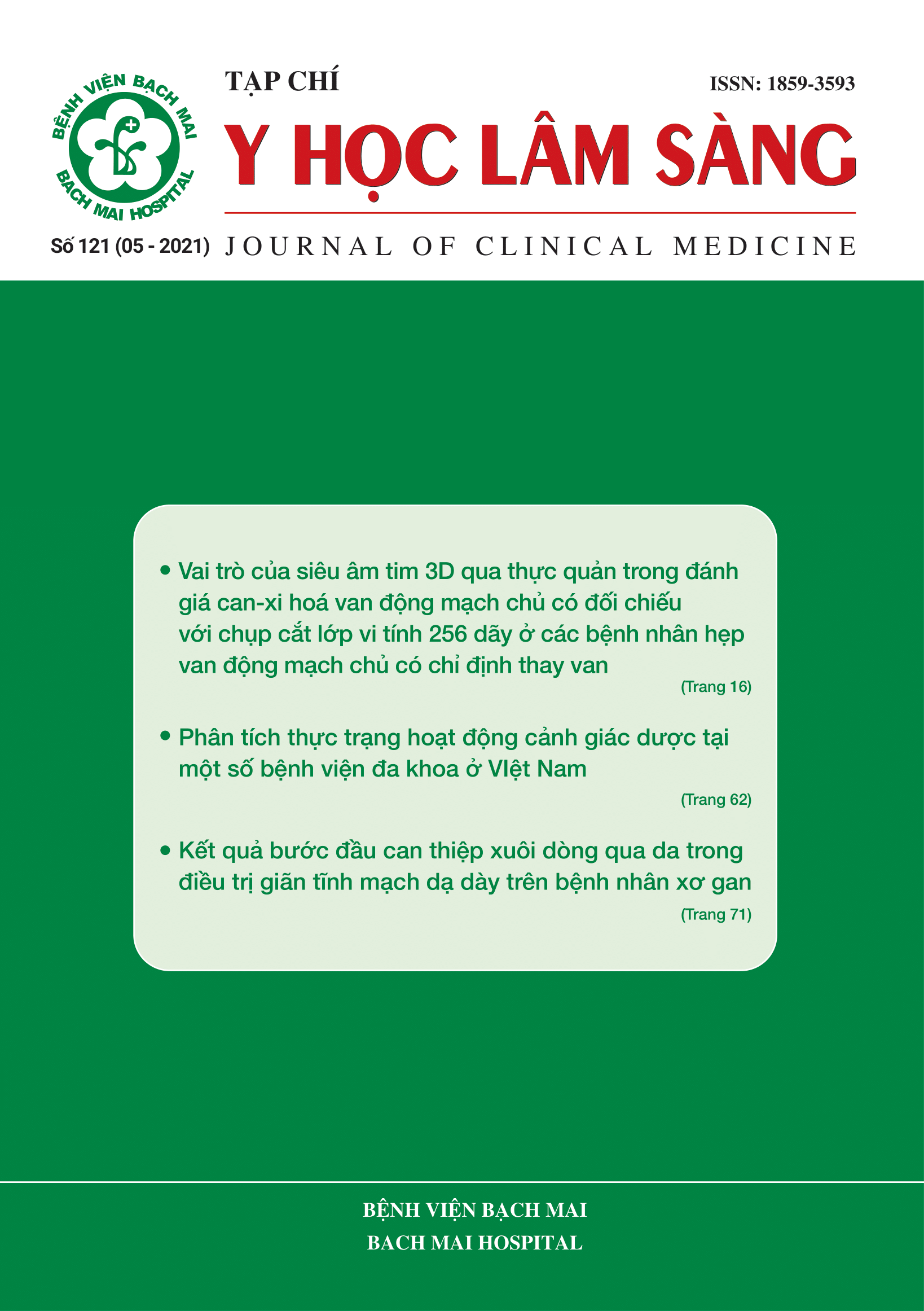Correlation between quantification of aortic valve calcification by threedimensional transesophageal echocardiography and by 256-slice CT scanner in patients with aortic stenosis undergoing valve replacement
https://doi.org/10.52322/jocmbmh.121.03
Abstract
Objectives: The aim of this study was to investigate the correlation between AVC-3DTEE score and AVC-MSCT score.
Material and Methods: 43 aortic valve stenosis patients (male 67.4%, female 32.6%) aged 63.6±19.4 who had indication of aortic valve replacement were included in the study. All patients were reffered for transthoracic echocardiography and 3DTEE and MSCT of coronary artery disease and AVC before valve replacement surgery. AVC-3DTEE score were calculated using full-volume mode. AVC-MSCT score were quantitated using a 256-slice CT scanner.
Results: AVC-3DTEE score at the aortic annulus, leaflets and commissure were 7,3±1,4, and 7,4±1,1, and 7,9±1,2, respectively. Radial length of annular calcification was 1,9±1,5mm, circumferential length of annular calcification was 5,3±2,9mm. 11.6% of patients had calcification protruding into the left ventricular outflow tract from the annular level. AVC-3DTEE score at the aortic annulus exhibited strong correlation with AVC-MSCT score (r=0,61, p<0,001). AVC-3DTEE score correlated moderately with AVC-MSCT score (r=0,48, p<0,001 and r=0,51, p<0,001, respectively).
Conclusions: Assessment of aortic valve calcification by real-time 3DTEE is feasible. Aortic valve calcium score by 3DTEE correlated well with MSCT calcium score.

